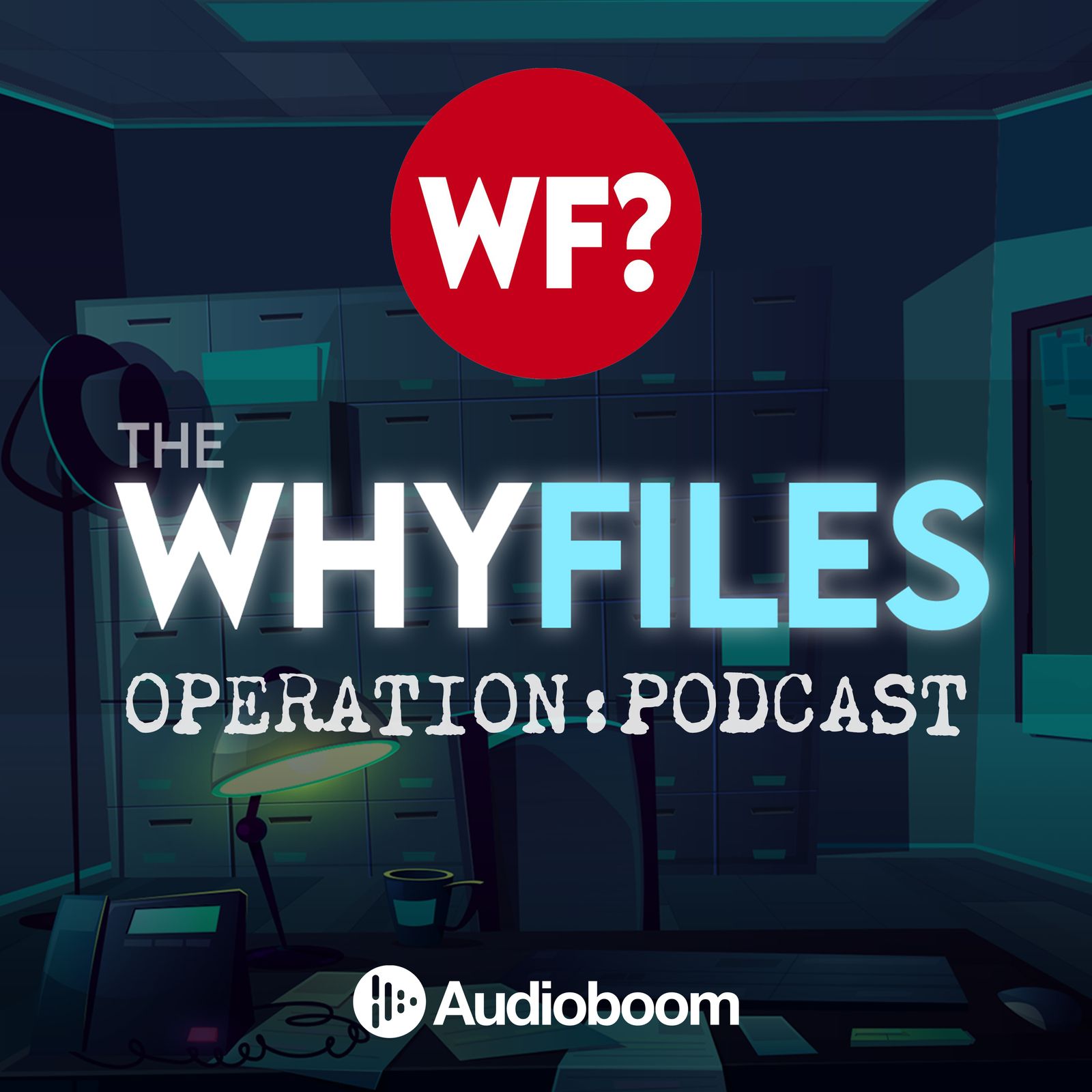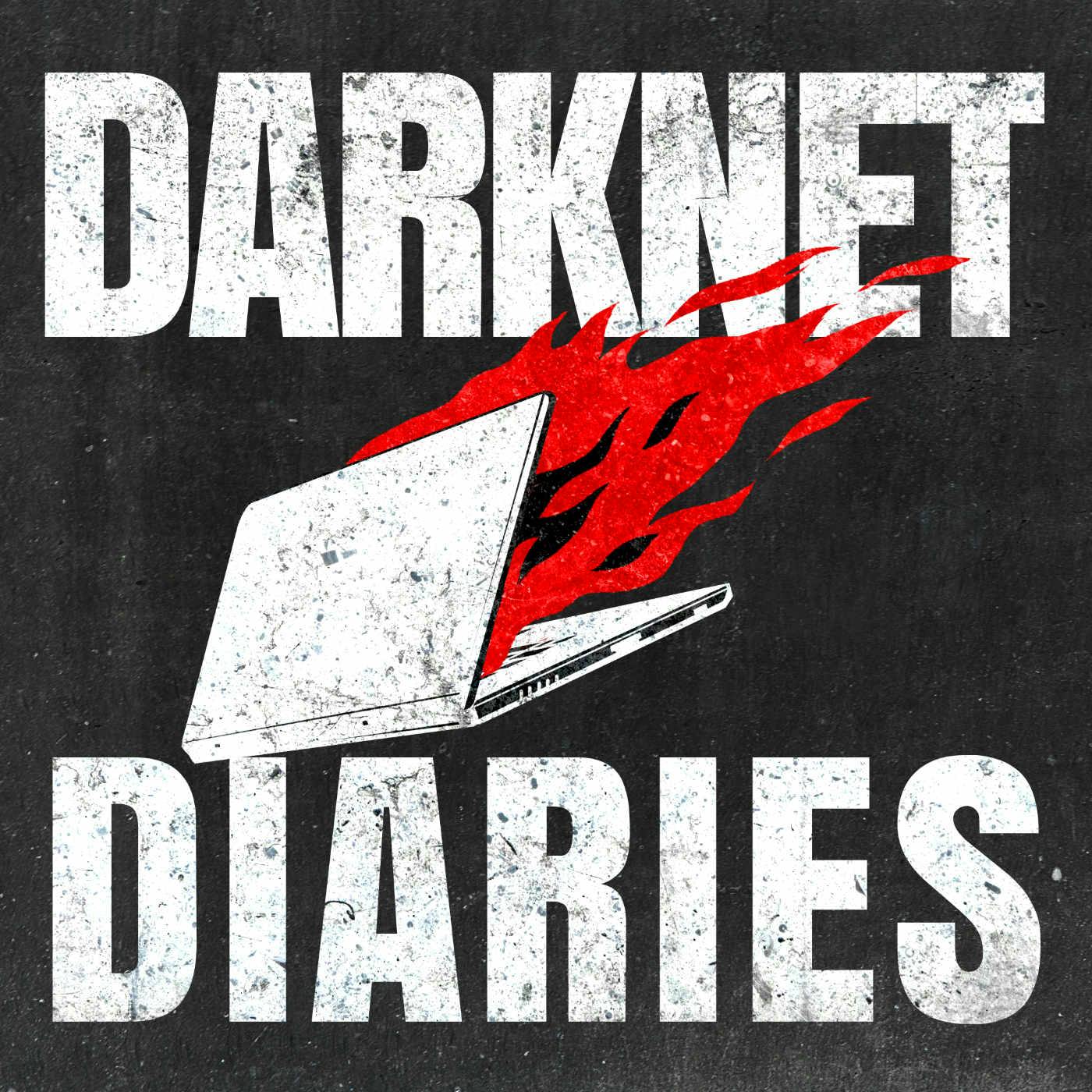
Fully Modulated
Fully Modulated is your backstage pass to the stories and signals that shaped radio, TV, and wireless communication. Join Tyler, a broadcast engineer, as he uncovers the wild moments, quirky legends, and technical breakthroughs that keep the world connected. From vintage radio hacks to the real drama behind today’s digital waves, each episode blends deep research, humor, and storytelling for anyone curious about how media magic happens. Independent, insightful, and made for every fan who loves a good broadcast mystery.
Fully Modulated
The Science and Structure Behind Emergency Alert System Tones
That jarring, unmistakable sound that interrupts your favorite radio show or TV program serves a vital purpose beyond merely getting your attention. The Emergency Alert System's distinctive tones represent a sophisticated communication framework meticulously designed to save lives.
As a senior broadcast engineer with years of experience maintaining this critical infrastructure, I take you behind the scenes of those attention-grabbing sounds that most people only experience occasionally. The harsh digital bursts you hear—resembling old fax machines or dial-up modems—actually contain encoded data transmitting crucial information about emergency type, location, and duration. These aren't random noises but carefully engineered signals that activate emergency equipment across the broadcast landscape.
The EAS encompasses over 70 different alert codes ranging from tornado warnings to AMBER alerts, each with specific protocols and priorities. While the Emergency Action Notification reserved for national emergencies has thankfully never been used, thousands of local alerts protect communities annually. I share insights into how broadcast engineers implement these systems, the challenges of maintaining reliability in an increasingly digital world, and why those distinctive tones carry such strong legal protection—including million-dollar FCC fines for misuse.
What happens when streaming services bypass traditional broadcast infrastructure? How do engineers ensure alerts trigger properly during automated programming? These questions highlight the evolving challenges as we balance emergency communication needs with changing media consumption habits. Subscribe to Fully Modulated for our next episode exploring how broadcast engineers and stations manage EAS compliance in real-world situations, and share your own EAS experiences through the link in our episode description.
Send me a text message with your thoughts, questions, or feedback
If you enjoyed the show, be sure to follow Fully Modulated and leave a rating and review on Apple Podcasts or your favorite podcast app—it really helps more people discover the show.
Fully Modulated is not affiliated with or endorsed by any station, media company, or network. All opinions are solely my own.
Hey, before we jump in, if you're enjoying the show, take a moment to like, follow or subscribe wherever you get your podcast, and if you find this episode helpful, share it with a friend or leave a review. It really helps others find Fully Modulated. So there's a sound that stops you dead in your tracks. Maybe it's while you're driving listening to the radio, maybe it interrupts your favorite TV show. It starts with a tone, a very harsh, unmistakable attention signal, followed usually by a voice explaining a tornado warning, an amber alert or God forbid, a presidential message. That sound it's part of the Emergency Alert System, or EAS. I'm Tyler Woodward, a seasoned senior broadcast engineer for a network of public media stations. I've been doing this since 2014, and I'm currently certified by the Society of Broadcast Engineers as a certified broadcast networking technologist. This is Fully Modulated where signal meets podcast. On today's episode, we're diving into one of the most memorable parts of EAS the tones and the messages themselves. Why do they sound like that, what do they mean and how do broadcasters handle them responsibly? The EAS tones are more than just a wake-up call. They're a deliberate part of the system designed to cut through noise, grab attention and convey urgency. The most familiar is the specific area of message encoding, or same tone. That's the one that sounds like a digital data burst, which kind of resembles a screeching fax machine or an old-school dial-up modem. That's followed by the two-tone attention signal, a sound that is scientifically chosen to trigger awareness. It's not pleasant, and that's the point. Each tone serves a unique role. The same tone encodes critical information what kind of emergency, which geographical area, how long. It's. In effect, it's like a digital envelope carrying instructions to every single station. Meanwhile, the attention signal is the auditory equivalent of turning on a flashing red light. It's designed to be jarring and to override almost anything else in the environment. What's fascinating is how carefully all of this has been engineered to be both effective and efficient. The EAS tones isn't just trying to scare you, it's trying to save your life. But the sounds we associate with EAS are intentionally disrupted to get you to stop, listen and act.
Tyler:There are many types of alerts within the EAS system, each with its own code and use case. There's the EAN, emergency Action Notification, which is reserved for national emergencies and is the rarest of all alerts. It has never been used yet. Then there's TOR TOR for Tornado Warnings, cem for civil emergencies. Each uses the same structure, but the content and tone of the delivery differ depending on the urgency and source. Some of these alerts are life-threatening, like an immediate evacuation due to a wildfire. Others, like the required monthly test or the required weekly test, are more routine but still essential. To ensure that the system is functioning properly, broadcasters have to air these tests at specific intervals and the FCC keeps a close watch on compliance. It's a layered system and each message type is prioritized based on its risk to life and property. A local flood warning won't override everything on the air, but a presidential alert or a severe tornado warning, those just might. The idea is to scale disruption based on severity. Disruption based on severity. According to FEMA, more than 70 different EAS codes exist today and they continue to evolve. In 2012, the FCC introduced new codes to accommodate threats like extreme winds and storm surges, reflecting the growing complexity of natural disasters. By 2021, fema had processed more than 10,000 EAS messages nationwide through its Integrated Public Alert and Warning System, IPALS.
Tyler:Interestingly, some of the most frequent issued alerts aren't life-threatening. Some of the most frequent issued alerts aren't life-threatening. Amber alerts and local hazardous weather events account for a large chunk of EAS activity. That volume makes it crucial for the tones and format to be instantly recognizable across context, whether it's a child abduction, a hurricane or a chemical spill, a hurricane or a chemical spill. These statistics show how the EAS isn't just for rare doomsday scenarios. It's working constantly in the background on a wide range of emergencies, and that's why consistency in tone and structure is so critical.
Tyler:Let's dig into how broadcasters actually implement these alerts and handle the responsibility of sending those out. Broadcast engineers don't just play the EAS tones. They build, maintain and test the infrastructure that transmits them. Every alert has to pass through the EAS equipment that listens for incoming messages, decodes them and then relays them over the air in real time. It's not an automated button press. It's a carefully choreographed system At the heart of the EAS encoder-decoder devices, commonly referred to as index. These boxes sit quietly at the transmitter sites, monitoring for signals from primary sources like the National Weather Service or local authorities, and when they detect a valid message, they can automatically interrupt the programming and insert the alert. But stations also have policies for when to verify delay or even manually handle certain messages.
Tyler:This automation brings reliability, but also risk. A misconfigured INDEC can relay a false alert. That's why stations are required to log every EAS event and often test their gear. One bad configuration or a rogue audio file with the EAS tone inserted can result in steep fines. Part of the engineering challenge is ensuring that the emergency alerts break through reliably, even when programming is heavily syndicated or automated. For example, a national radio or television show might be airing across multiple time zones, or television show might be airing across multiple time zones, but the EAS alerts are triggered locally by the station's equipment, not by the network. If automation isn't set up properly, the local EAS box might fail to interrupt the feed or the alert could be delayed or overwritten by scheduled content. The key is making sure that the station's automation can detect and respond to alerts in real time, regardless of what's playing. A lot of the times, the broadcast engineers will insert the EAS equipment at the very end of the air chain prior to going into the transmitter, so there's no risk in having your alert overwritten or not fire properly.
Tyler:There's also the issue of over-the-top streaming and digital radio. While traditional FM and AM stations are legally bound to air the EAS messages, streaming services like Netflix or Hulu are not. That means a listener using a smart speaker or a podcast app might never hear an emergency alert unless they're also tuned into the terrestrial over-the-air signal. It's a gap in the system that's becoming harder to ignore. Broadcasters have to adapt. Many of them have started voluntarily including the alerts in their audio streams through their apps or directly through their website, or even working with their digital vendors to add support for EAS tones and visuals. It's still a work in progress, but one that the industry is taking seriously. In 2023, the FCC issued more than a million dollars in fines related to improper use of handling EAS tones and fines related to improper use of handling EAS tones, including a major case where a TV network accidentally aired a real EAS tone in a promo. That tone triggered automatic relay equipment across the country and caused a real amount of chaos. Meanwhile, a FEMA report on EAS readiness found that 96% of all broadcast stations nationwide participate in required monthly tests, showing high compliance, but it also found inconsistencies in audio quality, timing and message formatting, issues that could delay or distort life-saving information.
Tyler:It's clear that, while the EAS is robust, it's not infallible. It relies on a complex network of well-maintained hardware, precise coordination and human oversight to function smoothly. One engineer put it best quote you don't get a second chance with an EAS alert. If it fails, it fails in real time, unquote. You're subscribed so you never miss an episode, and if this podcast is helping you understand broadcast tech a little better, help others find it by rating and reviewing, fully Modulated on your favorite podcast app, it really helps others discover the show.
Tyler:Let's talk about one of the most controversial and misunderstood elements of EAS the tone itself. Those sharp digital bursts are legally protected, and for good reason. Broadcasting them outside of a real alert or test is a violation of FCC rules, even if it's for satire or dramatization. The rule exists because of how EAS equipment works. Many systems are designed to wake up the moment they hear that tone. So if someone plays it on, let's say, a commercial, a YouTube video or a movie trailer, it can inadvertently trigger real alerts. That's not just inconvenience, that can be absolutely dangerous. The rule also applies to simulations. Even fake versions of the tone, if they're too close, can be mistaken for the real thing. It's why you rarely hear EAS tones used in pop culture and why broadcasters treat them with such seriousness and respect.
Tyler:This legal protection creates real tension for content creators. In 2013, the FCC fined a major cable network $1.9 million for including the EAS tone in a movie trailer. Eas tone in a movie trailer. That same year, a radio station was penalized for airing a comedy sketch that included a simulation of the tone. These cases aren't just about policy. They're about public trust.
Tyler:Broadcasters also take great care when training staff on how to handle EAS tones. Many stations have policies banning playback of recorded EAS messages during meetings, trainings or even news reports. The risk of accidentally broadcasting one is just too high. Still, this caution sometimes frustrates journalists and documentary producers who want to explore EAS in depth. But the line is clear Protect the integrity of the system first, then educate the public. According to the FCC, unauthorized use of an EAS tone remains one of the most cited violations in broadcast enforcement actions. Between 2010 and 2020, over 40 enforcement actions were taken specifically for misusing the tone, ranging from small market stations to national networks. This strict enforcement is partly why the EAS tone remains so distinct in public consciousness.
Tyler:It's not diluted by overuse. When you hear it, you know something serious is happening, and that is by design. The former FCC Commissioner, jessica Rosen-Warcell, once noted quote the EAS tone isn't just a sound, it's a promise. We take it seriously because people's lives depend on it. Unquote. Today we unpacked the structure and sound of the EAS messages, why they're designed the way they are, how broadcasters handle them and why that signature tone is treated with such legal and technical caution. We also looked at the human side of the system the engineers making sure these messages go out clearly, quickly and responsibly.
Tyler:Next time we'll shift gears and go from tones and codes to the people behind the scenes how broadcast engineers and stations manage EAS compliance in the real world. And hey, if you're a fellow engineer with a story about an EAS message that went wrong or even right, send it in. You'll find the link in the episode description. If you're enjoying this podcast, take a moment to follow, share and leave a review. It really helps us reach more curious listeners like yourselves. And if you want to support the show directly, become a modulator. For just three bucks a month you can help keep Fully Modulated running. You can sign up at fullymodulatedcom.
Podcasts we love
Check out these other fine podcasts recommended by us, not an algorithm.

The Why Files: Operation Podcast
The Why Files: Operation Podcast
Sightings
REVERB | QCODE
This Week In Radio Tech (TWiRT)
guysfromqueens
The Ezra Klein Show
New York Times Opinion
Alive with Steve Burns
Lemonada Media
Friends Who Pretend
Chris Bryant
99% Invisible
Roman Mars
Hard Fork
The New York Times
The 404 Media Podcast
404 Media
Search Engine
PJ Vogt
Pod Save America
Crooked Media
Darknet Diaries
Jack Rhysider
StarTalk Radio
Neil deGrasse Tyson
Hasan Minhaj Doesn't Know
186k FilmsTechdirt
Techdirt
IT Horror Stories
NinjaOne
